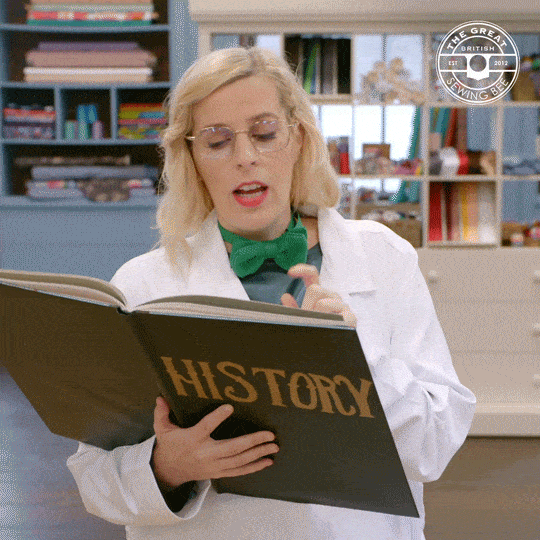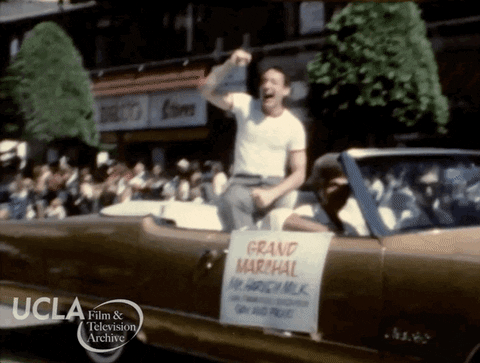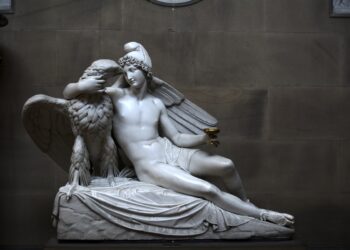While some people have relatively unremarkable lives with little to no renown, others go on to become historical figures in a variety of fields. These folks undoubtedly left their mark on history. Find out whether you can identify which historical figure is which by taking this quiz!
The third President of the United States was Thomas Jefferson. Which historical text did he also serve as the primary author of?
Declaration of Independence
Louisiana Purchase Treaty
Constitution of the United States
Declaration of Independence
The Declaration of Independence was initially drafted by Thomas Jefferson, and Congress later edited it.
The “Common Sense” author had a significant role in the American Revolution. Who is that political author?
Thomas Paine
Thomas Paine, a political writer who was born in England and advocated for American independence, wrote the first ever pamphlet. In his written argument, “Rights of Man,” he supported movements in both America and Europe, notably the French Revolution. It’s probably not a big surprise that the author of “Common Sense,” his first pamphlet, received widespread acclaim; he extended his analysis in his Revolutionary War writings, “The American Crisis.”
This artist was an innovator, maybe the archetypal “Renaissance Man.” Who is the great painter behind the Mona Lisa?
Leonardo da Vinci
This painter was a virtuoso at everything. Along with the Mona Lisa and the Last Supper, Leonardo also created a number of avant-garde innovations including the odometer and the parachute, which are all documented in stacks of notebooks. Leonardo da Vinci worked as an architect, engineer, draftsman, and sculptor. How much more “Renaissance Man” is there to be had?
After John F. Kennedy was shot and killed, Lyndon B. Johnson became the new American president. What did he do before being chosen to serve in the House of Representatives?
High School Teacher
Prior to entering politics, Lyndon B. Johnson taught public speaking to high school students after earning his undergraduate degree in 1930.
This philosopher and mathematician, who established the intuitionism principle, has a law that is named after him.
Blaise Pascal
You may be familiar with Pascal’s law of pressure. You may also be familiar with Pascal’s triangle. Both bear the name Blaise Pascal after the French mathematician who developed the current theory of probability. Like other Renaissance Men, he also dabbled in philosophy and theological dogma.
Who is this all-around Renaissance Man and American Founding Father?
Benjamin Franklin
The late Renaissance Man accomplished both: “Either write something worth reading or do something worth writing.” Benjamin Franklin, the creator of bifocals and the lightning rod, dabbled in a variety of fields, including science, literature, printing, publishing, invention, and, of course, politics. He was a major contributor to the American Revolution by ushering in the Age of Enlightenment. Franklin, one of the Founding Fathers of the United States, contributed to the writing of the Declaration of Independence (he even signed his work!) and served as a diplomat for the United States in France during the American Revolution
Martin Luther King, Jr.
His passionate “I Have a Dream” speech still in our ears to this day. “We hold these truths to be self-evident, that all men are created equal,” said Martin Luther King, Jr., who organized nonviolent demonstrations in support of equality. His words and deeds, including the March on Washington, sparked the Civil Rights Movement, which resulted in the Civil Rights Act’s passage in 1964, which put an end to segregation. Since 1986, MLK Day has been observed as a tribute to the life and legacy of Martin Luther King, Jr., who was slain in 1968.
This brilliant thinker translated the New Testament into Greek and helped to shape the humanist movement in Northern Europe.
Desiderius Erasmus
Desiderius Erasmus of Rotterdam led Northern Europe’s entry into the Renaissance movement. His Greek translation of the New Testament transformed “Christian Humanism,” fusing classical traditions with Christian beliefs and the humanist notion of a man’s ability for self-improvement. The scholar moderated the most severe ideas of the Reformation.
Who is this 20th-century author whose poem The Waste Land launched the Modernist movement?
T.S. Eliot
Though he was born in Missouri, T.S. Eliot spent the most of his life in England, where he created his epic masterpieces, The Waste Land and Four Quartets, and is regarded as “one of the twentieth century’s important poets.”
This Scottish philosopher stated, “Reason is…the slave of the passions.”
David Hume
Hume’s elegant and intellectual language had a lasting impression on the Enlightenment with the statement, “Reason is, and ought only to be, the slave of the passions, and can never claim to any other duty but to serve and obey them.”
George Washington
George Washington, one of our favorite founding fathers and the first president of the United States, warned, “Guard against the impostures of pretended patriotism.” Washington’s patriotism was genuine; he led the Continental Army during the Revolutionary War and served as the colonial armies’ general; and after the war, he and his friends threw together a little document known as the U.S. Constitution, which he even signed
Name the humanist who wrote essays, poems, and was renowned as the “father of free verse.”
Walt Whitman
Walt Whitman, an American poet, writer, and essayist who lived in the 19th century, said, “I celebrate myself and sing myself, and what I assume, you must accept, since whatever atom belongs to me as excellent belongs to you.” A love letter to people and nature, Leaves of Grass’ flare promoted freeverse. The “father of free verse” was a skilled athlete.
Who is the British chemist and physicist responsible for the discovery of carbon dioxide?
Joseph Black
Joseph Black, a British scientist and physicist, discovered carbon dioxide, or “fixed air,” as he called it. Great minds think alike, as Black had some Enlightenment best friends, including economist Adam Smith and philosopher David Hume. He also discovered bicarbonates and the concept of latent heat, which, according to the Oxford Dictionary, is “the heat required to convert a solid into a liquid or vapor, or a liquid into a vapor, without change of temperature.”
The finest plays and poetry in literature were written by this bard, who also had a talent for writing. Who is that Brit?
William Shakespeare
Without William Shakespeare’s famous line, “To be, or not to be, that is the question,” where would we be today? Shakespeare’s skill at weaving humour and drama into his sonnets and plays is unmatched. Hamlet, Macbeth, Romeo and Juliet, and Henry IV are just as potent today as they were when they were originally played, and his plays are still produced in theaters all over the world. So, “to be” is the response to that query.
This president abolished slavery in the South “four score and seven years ago.” Who was the Great Emancipator?
Abraham Lincoln
Most people would probably name Abraham Lincoln as the greatest president in history if you asked them. And with good cause. The Union was on the verge of dissolution until the strong speaker and leader saved it. He freed the slaves during the Civil War, and even in his day, some people compared his steadfast leadership to that of George Washington. When John Wilkes Booth killed this larger-than-life president in 1865, many people saw him as a martyr.
The Rastafari movement also viewed this pivotal figure in Ethiopian history as the Messiah who had come home. Who was that emperor?
Haile Selassie I
With his internationalist ideals, Haile Selassie I aspired to modernize Ethiopia, and it appeared as though he may succeed. Ethiopia joined the UN under Selassie, who also improved the country’s educational system and police force. However, he is condemned for engaging in political repression, and during the 1973 famine, he was deposed and murdered
Which simple crop has seen numerous novel uses thanks to the brilliant botanist and inventor George Washington Carver?
Peanuts
More than 100 distinct products, including fuel, plastics, colors, and even an unproven cure for polio, were created from peanuts by George Washington Carver.
The ‘Virgin Queen’ was Henry VIII’s child with Anne Boleyn. Name that influential English monarch.
Queen Elizabeth I
Even though she was frequently opposed to the throne, Good Queen Bess was an effective ruler. During her time in office, Elizabeth defeated the Spanish Armada and restored Protestantism to England. – and while donning this outfit, England was able to establish itself as a significant European force.
The Disney princess palace was built by a Bavarian monarch who may have been insane. Who is that Mad King?
King Ludwig II
King Ludwig II once said, “I wish forever to remain an enigma, both to myself and others.” He was. Known for throwing money at castles, like Neuschwanstein, which is said to have inspired Disney’s Sleeping Beauty castle. He nearly bankrupted Bavaria. He was eventually declared insane. Some might say he was just imaginative.
Who among the great philosophers coined the phrase “I think, therefore I am”?
René Descartes
René Descartes was a French philosopher and mathematician who introduced the phrase “I think, therefore I am” to the world. Descartes studied applied mathematics and used logic to understand the natural world. Descartes identified the foundation of knowledge and existence in this straightforward but profound finding by applying this reasoning to the origins of nature.
Sorry! You failed our quiz.
Well done! You know your history well.
[giveaway id=12098]





























